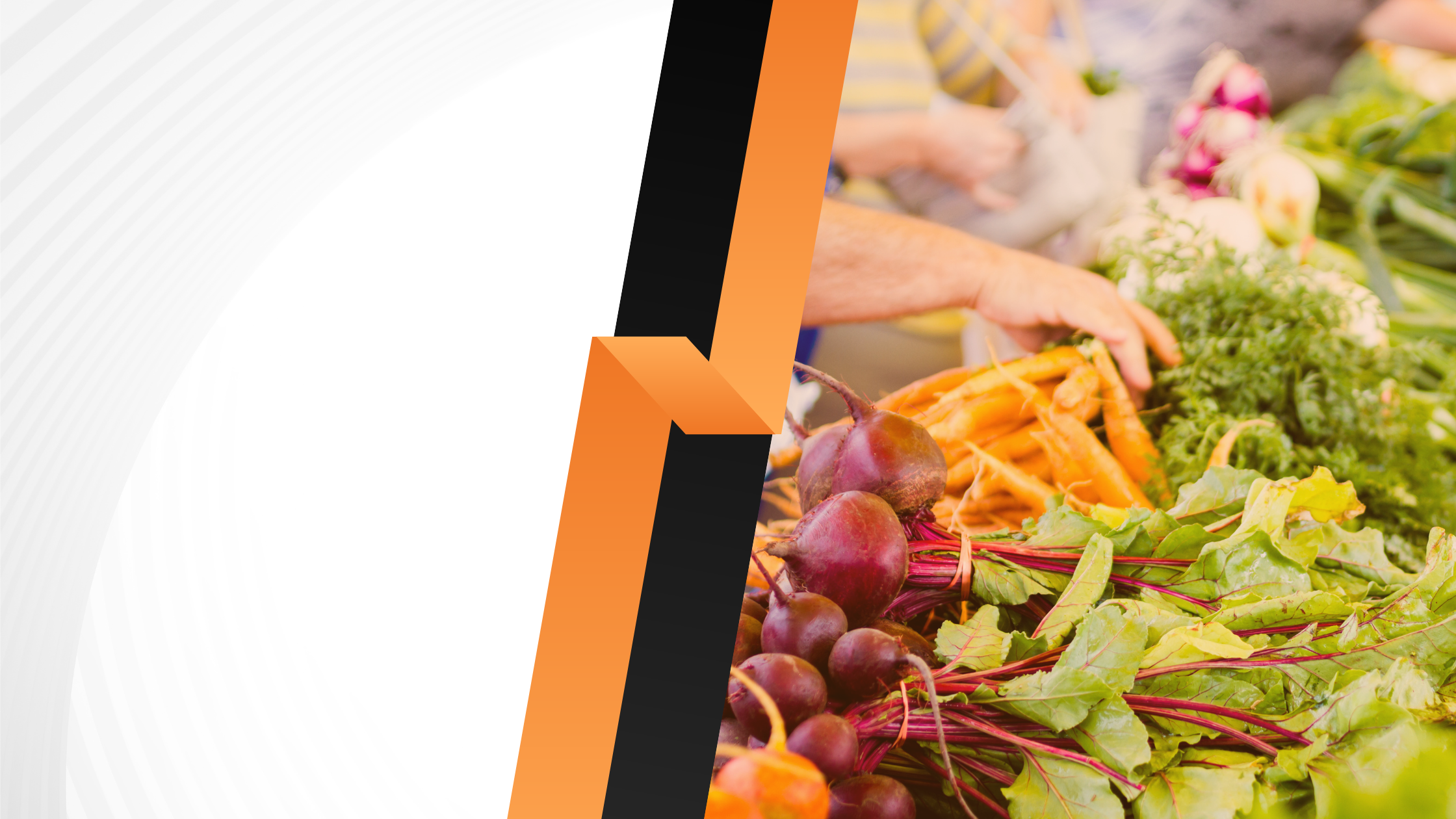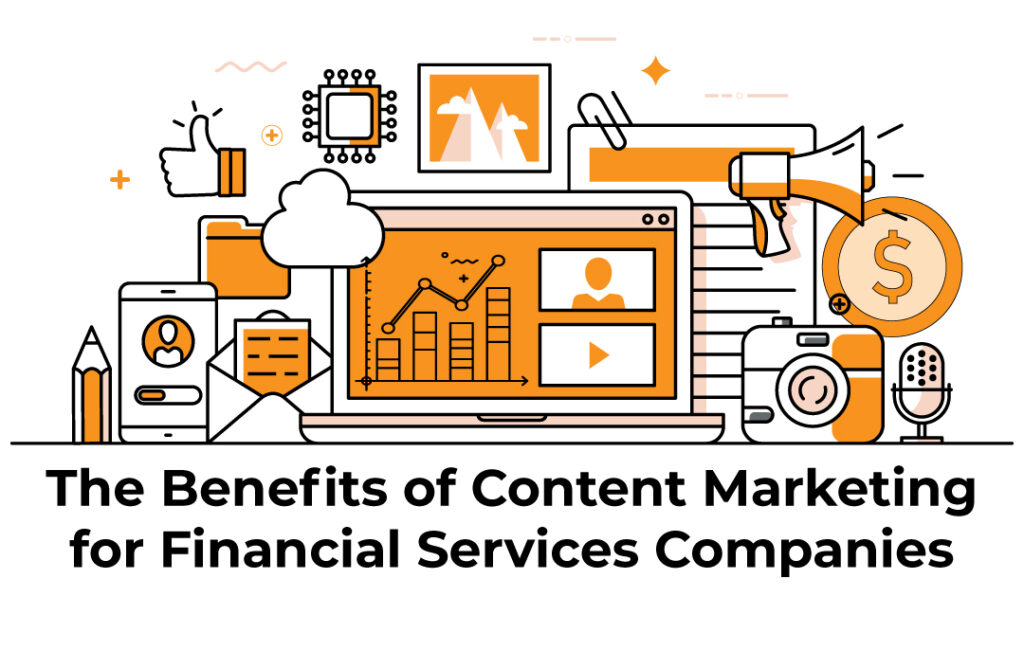According to Feeding America, 119 billion pounds of food is wasted in America each year, making up nearly 40% of all food in America. This food waste equates to 130 billion meals and over $408 billion. To counter this epidemic, companies have begun creating innovative ways to reduce food waste and improve the shelf life of food.
Edible Products
Cheese is one of the most wasted foods due to the quick molding process. Cheese from the supermarket typically has preservation products to increase shelf life, but fresh cheese with no added preservatives has a shorter shelf life. The Go Orleans Project created a form of cheese packaging made from a natural bi-product of cheese – whey. This whey-based, edible packaging increases the shelf life of cheese for up to ten days and helps to reduce cheese waste.
In addition to edible products, edible utensils were created, given 40 billion plastic utensils are thrown away annually. Incredible Eats decided to combat utensil waste by creating edible spoons and straws made of wheat, oat, corn, chickpea, and brown rice. These spoons and straws are made to be used and then eaten with flavors like black pepper, vanilla, and chili-oregano.
Plastic Alternatives
The world produces about 400 million tons of plastic waste annually. This is because plastic is included in the packing of almost everything that is distributed. SoluBlue is working to combat plastic waste by creating an alternative product that looks, feels, and sounds like plastic but is biodegradable and safe for marine animals to ingest. This seaweed-based plastic alternative increases shelf life by absorbing excess moisture from food to prevent mold growth.
Antimicrobial Packaging
The shelf life of food is sped up due to microorganisms and bacteria. To combat bacteria growth, companies have created packaging prohibiting growth and extending shelf life. Aptar created InvisiShield, a three-phase polymer that uses chlorine dioxide to protect food from any bacterial growth.
Novipax is another company that created packaging that prohibits pathogens called the UltraZap XtendaPack. This packaging alternative developed by NoviPak uses carbon dioxide instead of chlorine dioxide to increase the shelf life of products.
Discounted Leftovers
Each year, restaurants produce 22-33 billion pounds of food waste. The app Too Good to Go was created to reduce food waste from restaurants. This app consists of restaurants signing up, packing bags of their uneaten food at the end of the day, and selling it to consumers in surplus at a significantly discounted rate. Too Good to Go is currently available in bigger metropolitan cities like Chicago, Atlanta, and New York City. Restaurants can register for this program via their website or mobile app.
Be Mindful
There are many ways to combat waste around the world. Innovations are being made every day and people are continuously working to make strides to better the planet. Above are just four examples of companies participating in reducing food waste and increasing shelf life. To learn more about food packaging, read our blog post on what packaging is best to attract customers!






